Advertisement
Have you ever talked to Siri or Alexa and received a clear answer? That's the magic of the Natural Language Generation. NLG is a part of artificial intelligence and helps machines talk to us in a way we can easily understand. It works fast and saves time by turning numbers, facts, or patterns into helpful information. NLG is used in many places today, such as translating languages, writing product descriptions, generating personalized emails, crafting detailed reports, and answering questions through a chatbot.
Undoubtedly, NLG saves time, lowers costs, and opens a window into the future of technology. If you are a business leader looking to streamline operations, a tech enthusiast, or a curious mind, understanding NLG will bring more opportunities to use AI in smarter and more effective communication. To understand NLG or how it works, you can keep reading!
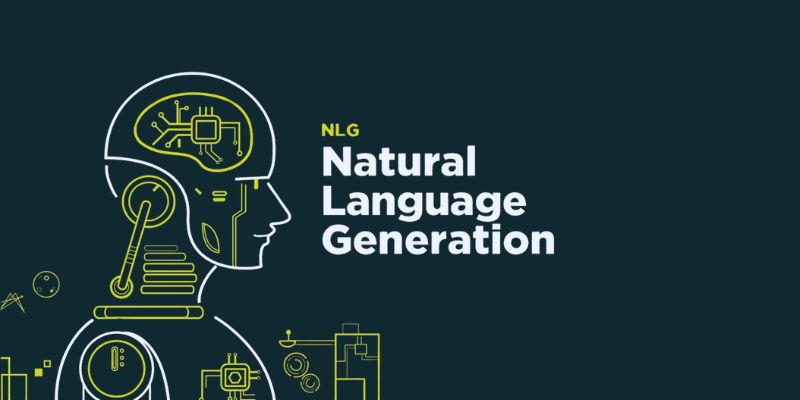
Natural Language Generation is a type of artificial intelligence that helps computers turn data into written or spoken words. It is connected to how humans and machines communicate. NLG works with other tools like NLP and NLU. NLG aims to create programs that explain data in a way people can easily understand. These programs can look through a lot of numbers. It can also find patterns and turn them into clear text. It is very helpful for writing news or quick updates. NLG works fast and can even create articles. You can even publish them without any editing. NLG helps turn raw data into easy-to-read stories or reports that make sense to everyone. There are two main types of natural language generation. Let’s discuss them below.
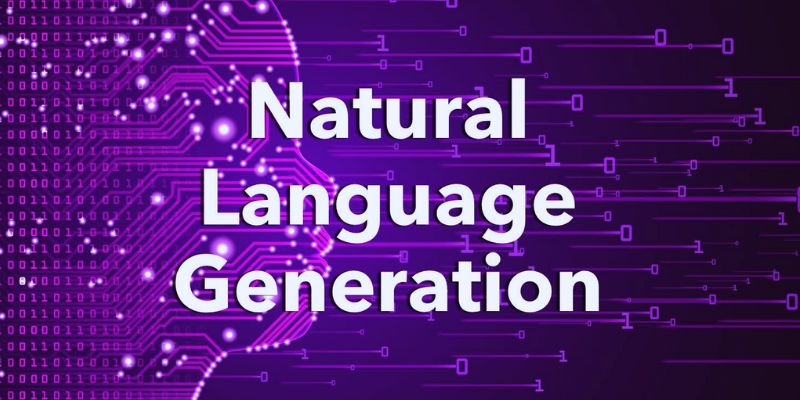
Natural Language Generation (NLG) involves several steps to turn data into human-like language. Here is how the process works:
Natural Language Generation uses different models and methods to turn data into human-like text. Here are the methods used by NLG early and now.
Natural Language Generation helps computers write or speak in a way that humans can understand easily. Here are some common uses of NLG:
Natural Language Generation is changing the way we work with data and information. It allows computers to speak, write, and create content and naturally. Handling tasks that take people hours can save businesses a lot of time. With the help of different models, from templates to advanced transformers, NLG is getting smarter daily. It can now create applicable and even creative content that sounds human. NLG is becoming a part of our daily digital world. NLG helps turn complex data into straightforward, easy-to-read content for everyone.
Advertisement
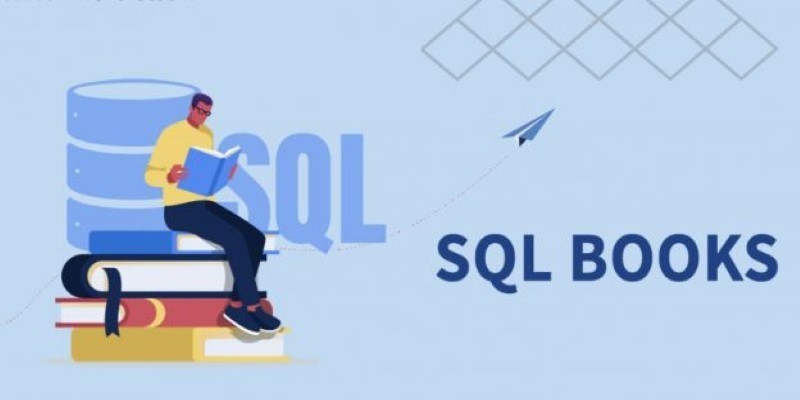
Looking to master SQL concepts in 2025? Explore these 10 carefully selected books designed for all levels, with clear guidance and real-world examples to sharpen your SQL skills

How Open-source DeepResearch is reshaping the way AI search agents are built and used, giving individuals and communities control over their digital research tools

How Monster API simplifies open source model tuning and deployment, offering a faster, more efficient path from training to production without heavy infrastructure work
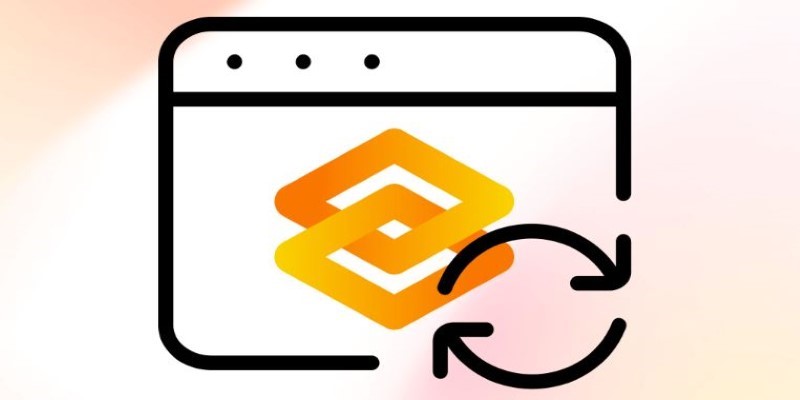
Gradio's new data frame brings real-time editing, better data type support, and smoother performance to interactive AI demos. See how this structured data component improves user experience and speeds up prototyping

How Voronoi diagrams help with spatial partitioning in fields like geography, data science, and telecommunications. Learn how they divide space by distance and why they're so widely used

Explore the Rabbit R1, a groundbreaking AI device that simplifies daily tasks by acting on your behalf. Learn how this AI assistant device changes how we interact with technology

AI interference lets the machine learning models make conclusions efficiently from the new data they have never seen before
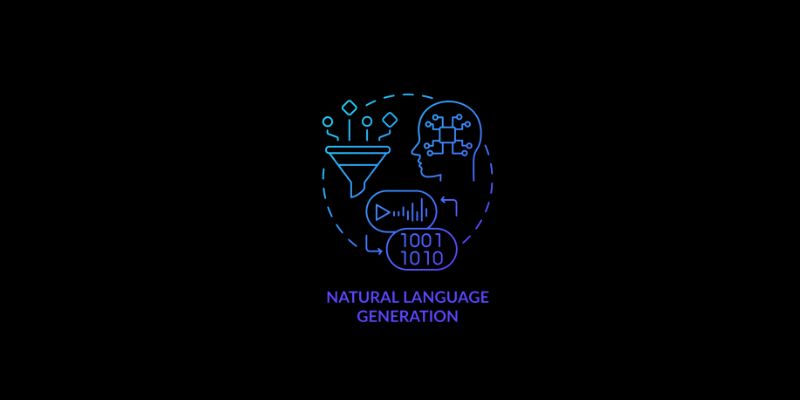
Natural language generation is a type of AI which helps the computer turn data, patterns, or facts into written or spoken words
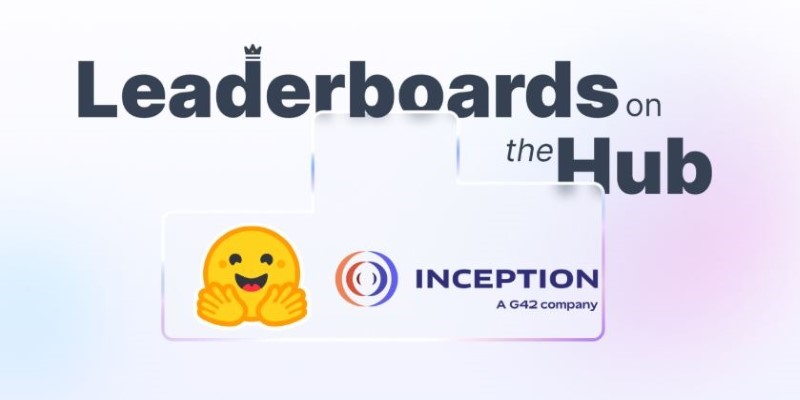
How Arabic leaderboards are reshaping AI development through updated Arabic instruction following models and improvements to AraGen, making AI more accessible for Arabic speakers
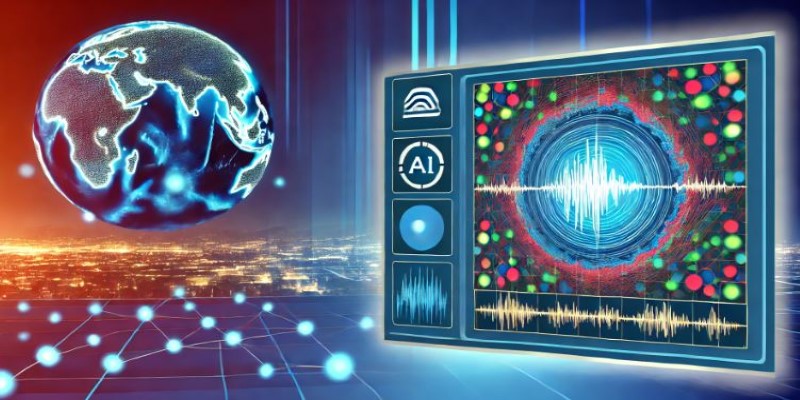
How AI-powered earthquake forecasting is improving response times and enhancing seismic preparedness. Learn how machine learning is transforming earthquake prediction technology across the globe
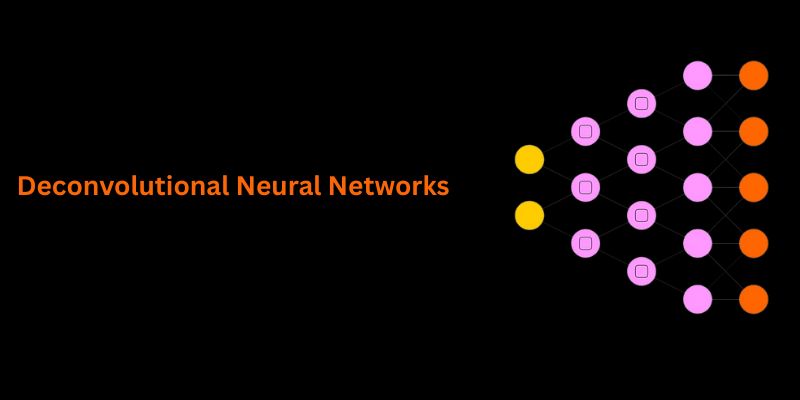
Understand how deconvolutional neural networks work, their roles in AI image processing, and why they matter in deep learning
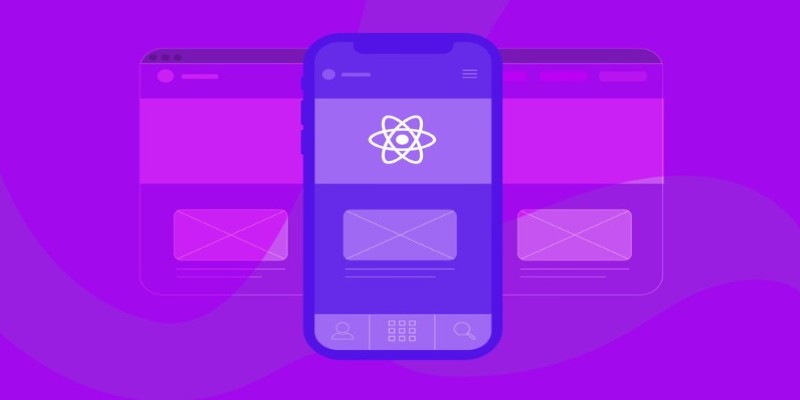
How to run LLM inference on edge using React Native. This hands-on guide explains how to build mobile apps with on-device language models, all without needing cloud access